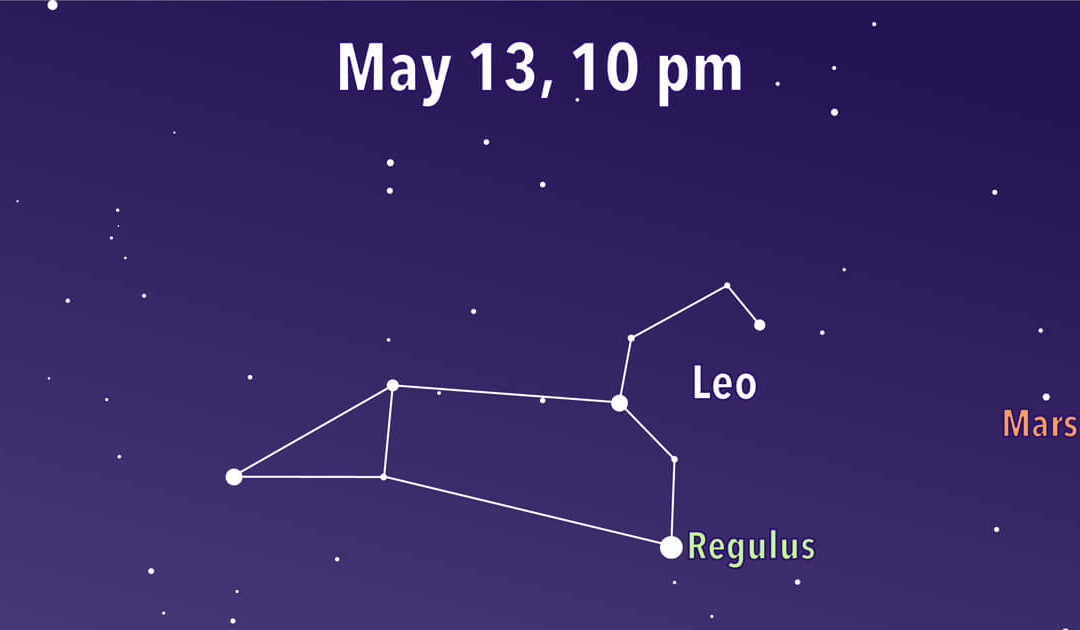Leo the Lion, the twelfth largest constellation, still regally rules the springtime heavens. It is easy to spot the distinctive backward question mark shape that creates the mane of Leo. A triangle of stars forms the hindquarters.
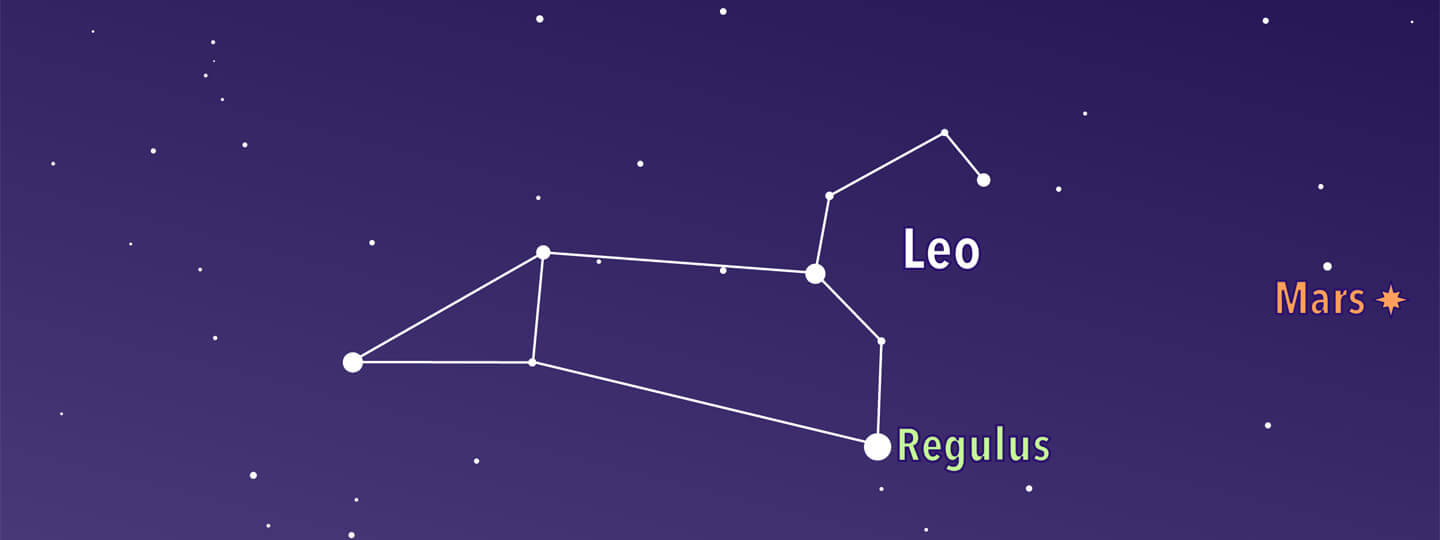

The “heart of the king” Regulus (labeled in green) shines in Leo the lion high in the Pittsburgh sky
Credit: Kayla Waugaman Carnegie Science Center
Stargazing: Leo the Lion still regal in the sky
May 13, 2025
Julie Silverman, Carnegie Science CenterLeo the Lion, the twelfth largest constellation, still regally rules the springtime heavens. It is easy to spot the distinctive backward question mark shape that creates the mane of Leo. A triangle of stars forms the hindquarters.
The Lion’s heart is so bright a star it was known in ancient Babylonia as, “The King Star.” Persians looked to Regulus as the star that reigned over Spring. Today, glittering Regulus has been found to be a star system of at least four stars, and the collected luminosity of blue-white Regulus earned its designation as a navigation star.
Oral traditions of storytelling among Northen American Indigenous populations have passed down star pattern legends tracing similar outlines among modern constellations. Using the sickle curve of Leo’s mane, the Ojibwe culture formed a curly tail belonging to a giant panther. The panther’s head is in the fainter stars of Hydra, a constellation just south of Leo’s stars. Ojibwe culture celebrated four main seasonal constellations. Curly Tail or The Great Panther (Gaadidnaway and Mishibizhiw, respectively) represent Spring. They ascend after The Wintermaker (Orion) sets after striding cold wintry nights.
Not since the time of 1874 have wild panthers roamed the Pittsburgh region. These powerful felines have long captured our imaginations. Bronze panther statues famously reside at the four corners of Panther Hollow Bridge, prowling in tribute since 1897.

Stargazing: Crescent Moon by Spica
On the evening of July 30, one of the bluest stars in the sky will gleam just above the waxing crescent moon. Spica is a blue giant star and the brightest in the constellation Virgo. Home > Blog [acf...

Stargazing: Scorpius
Soaring through July skies is an ancient arachnid known for its sting. Scorpius the Scorpion, with its distinctive curved spine and stinger poised to strike, holds a large profile low to the southern horizon. Its Latin name translates to the “creature with the...

Stargazing: Vega – Anniversary of First Photo of Star Taken
On July 17th, 1850, the first photograph of a star other than our Sun was taken. Home > Blog Brilliant Vega is the brightest...

Stargazing: Pittsburgh Goes to the Moon
This year celebrates the 56th anniversary of the first moon landing. On July 20, the world watched as Neil Armstrong and Buzz Aldrin stepped onto the surface of the moon. Home > Blog [sv...
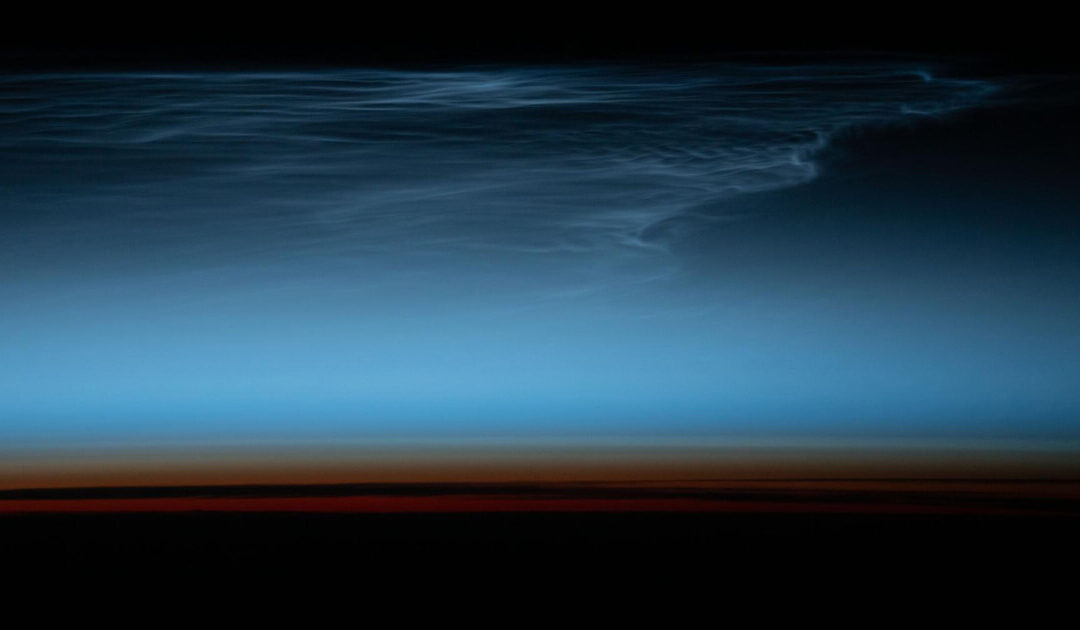
Stargazing: Noctilucent Clouds
Summer is the season to spot rare and luminescent Noctilucent Clouds. From May to early August, these ethereal clouds show their best displays thirty minutes after sunset or before sunrise. Home > Blog [acf...
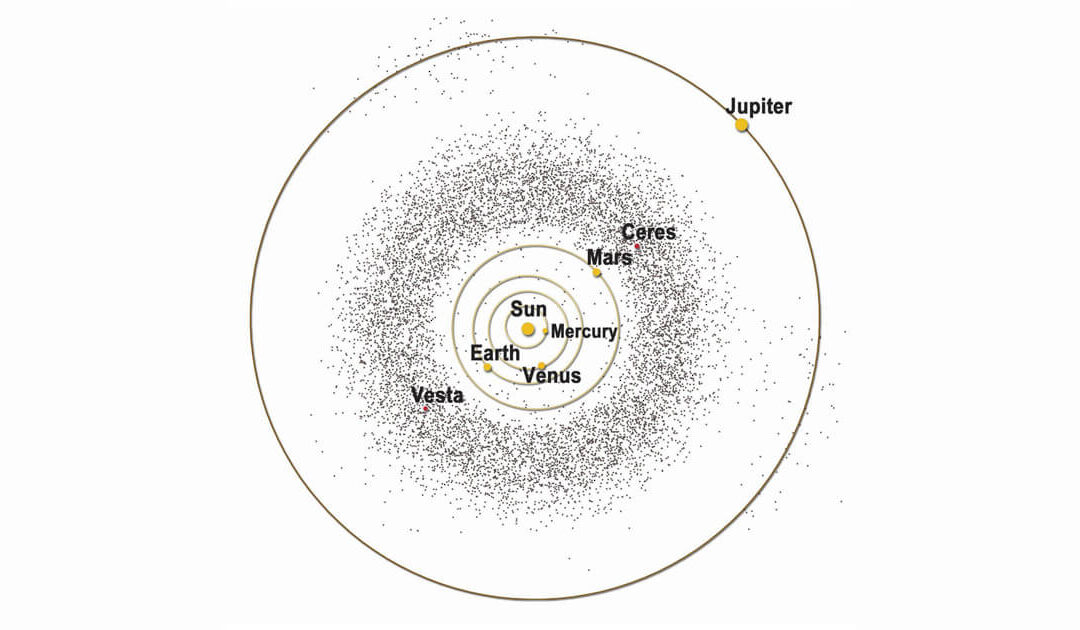
Stargazing: June 30 Asteroid Day – date of Siberian Tunguska Event
Pre-dawn hours of June 27 will bring peak opportunities to view June’s Bootid meteor shower. A thin crescent moon will enhance the chances of seeing meteors flash across the sky. Home > Blog ...

Stargazing: Solstice June 20– also, Moon-Saturn-Neptune close approach 5:45 a.m. June 18
Welcome summer! On Friday June 20 at 10:42 p.m. EDT, the sun will reach its northern-most point in the sky. Home > Blog Welcome...
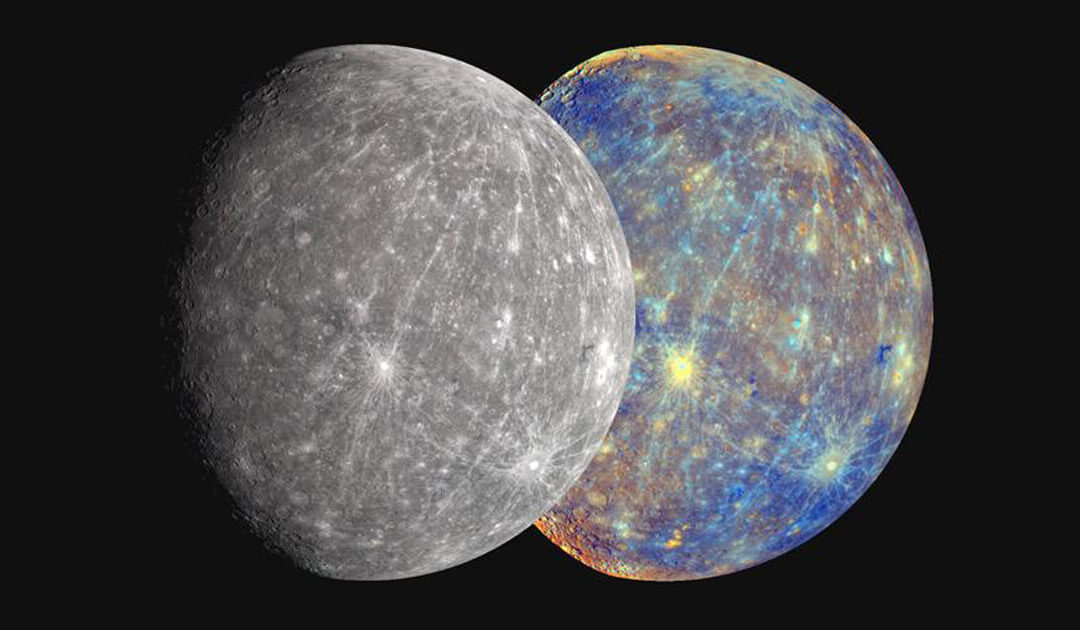
Stargazing: Mercury spotting from June 12-29
Mercury watchers will have several chances to view this elusive planet over the next two weeks. Since Mercury is the closest planet to the Sun, there is a small window in which it is visible. Home > Blog [acf...

Stargazing: Surveyor 1 June 2 Moon landing 1966
On June 2, 1966, Surveyor 1 softly landed on the lunar surface, and NASA celebrated a significant success in the Space Race. Home > Blog ...

Stargazing: Ed White 1st American to walk in space/ISS’s first all-woman spacewalk
Sixty years ago, an American astronaut walked in space for the first time. At 3:45 pm on June 3, 1965, Ed White opened the hatch of the Gemini 4 mission and propelled himself into space. Home > Blog [acf...


